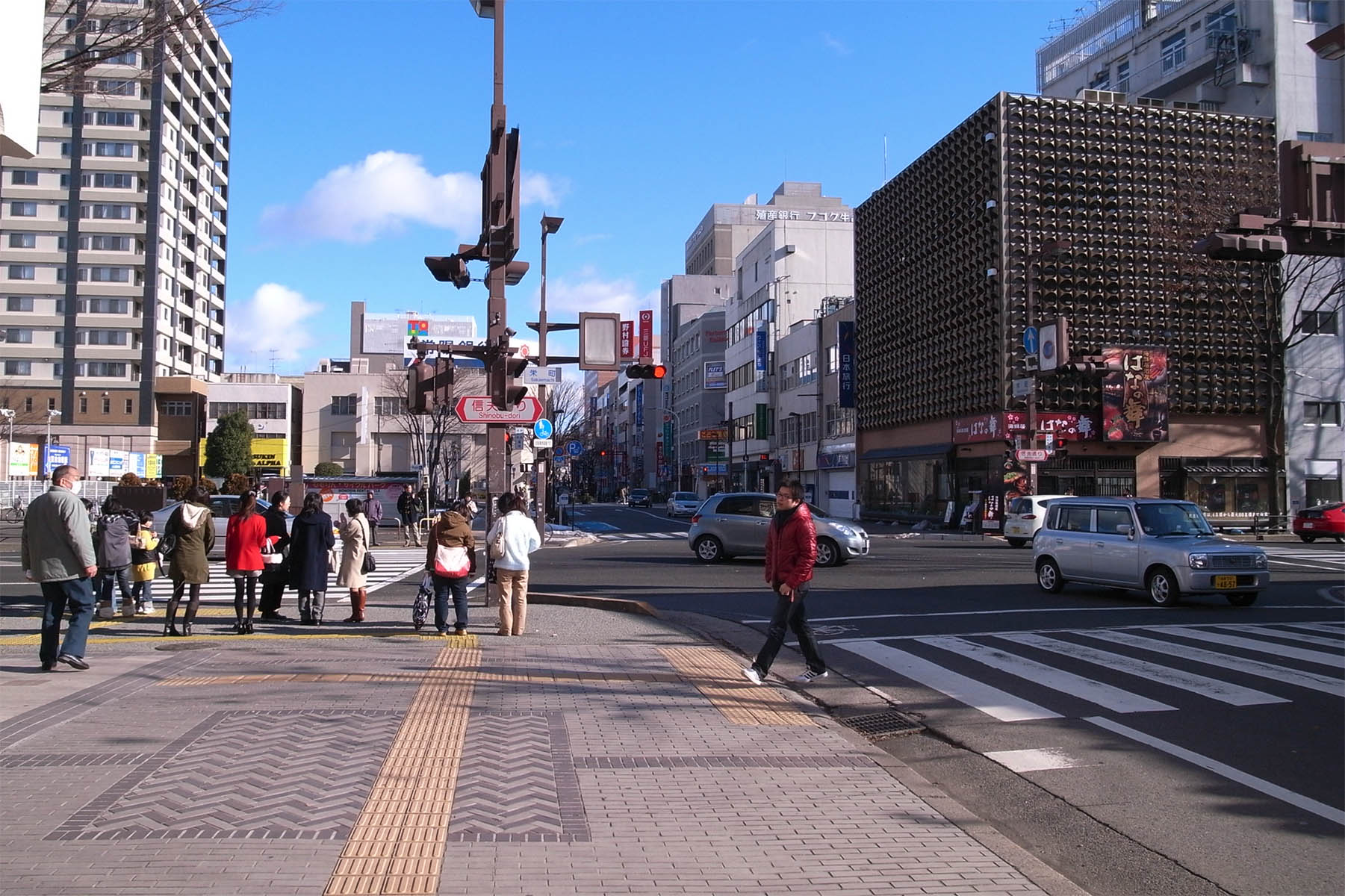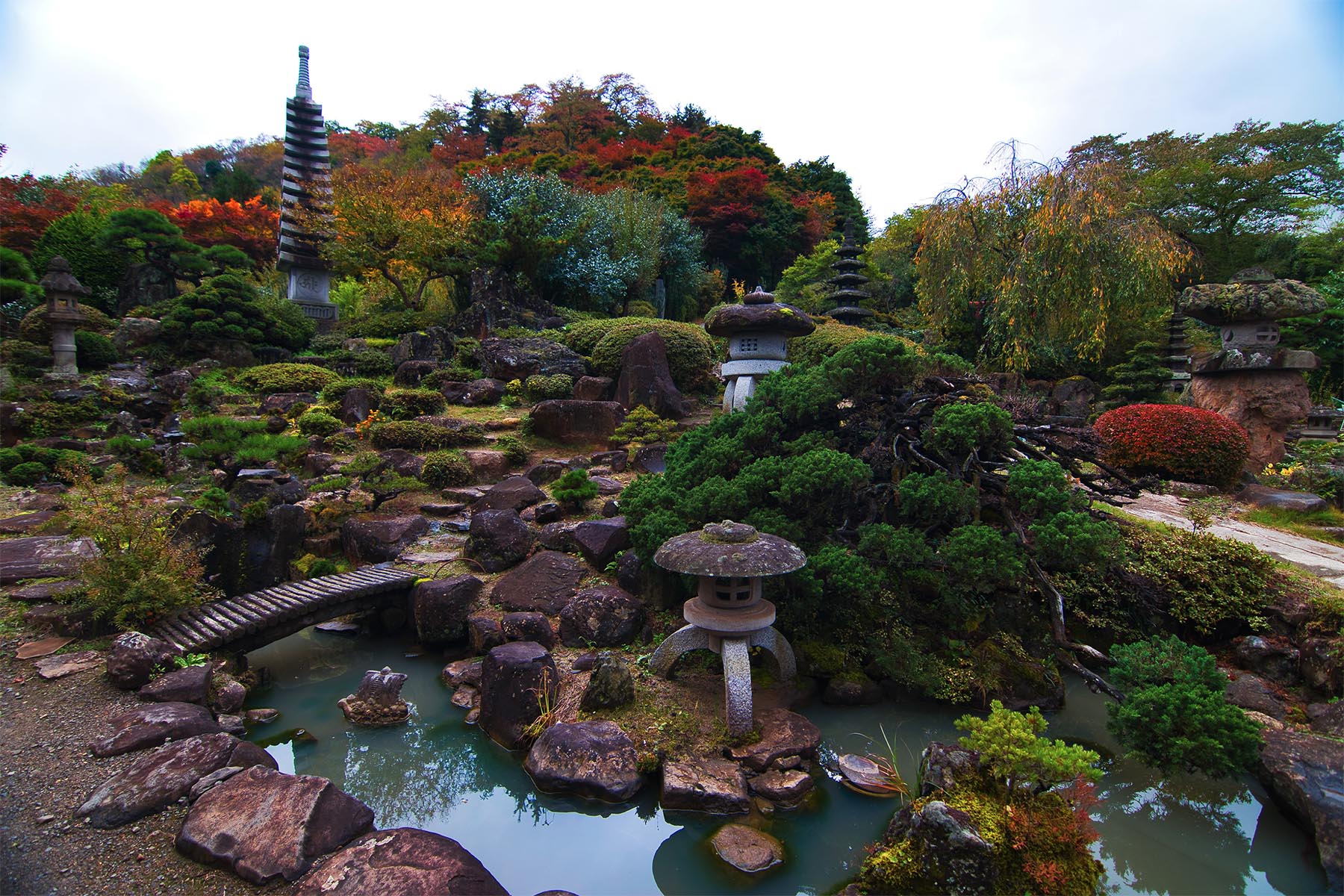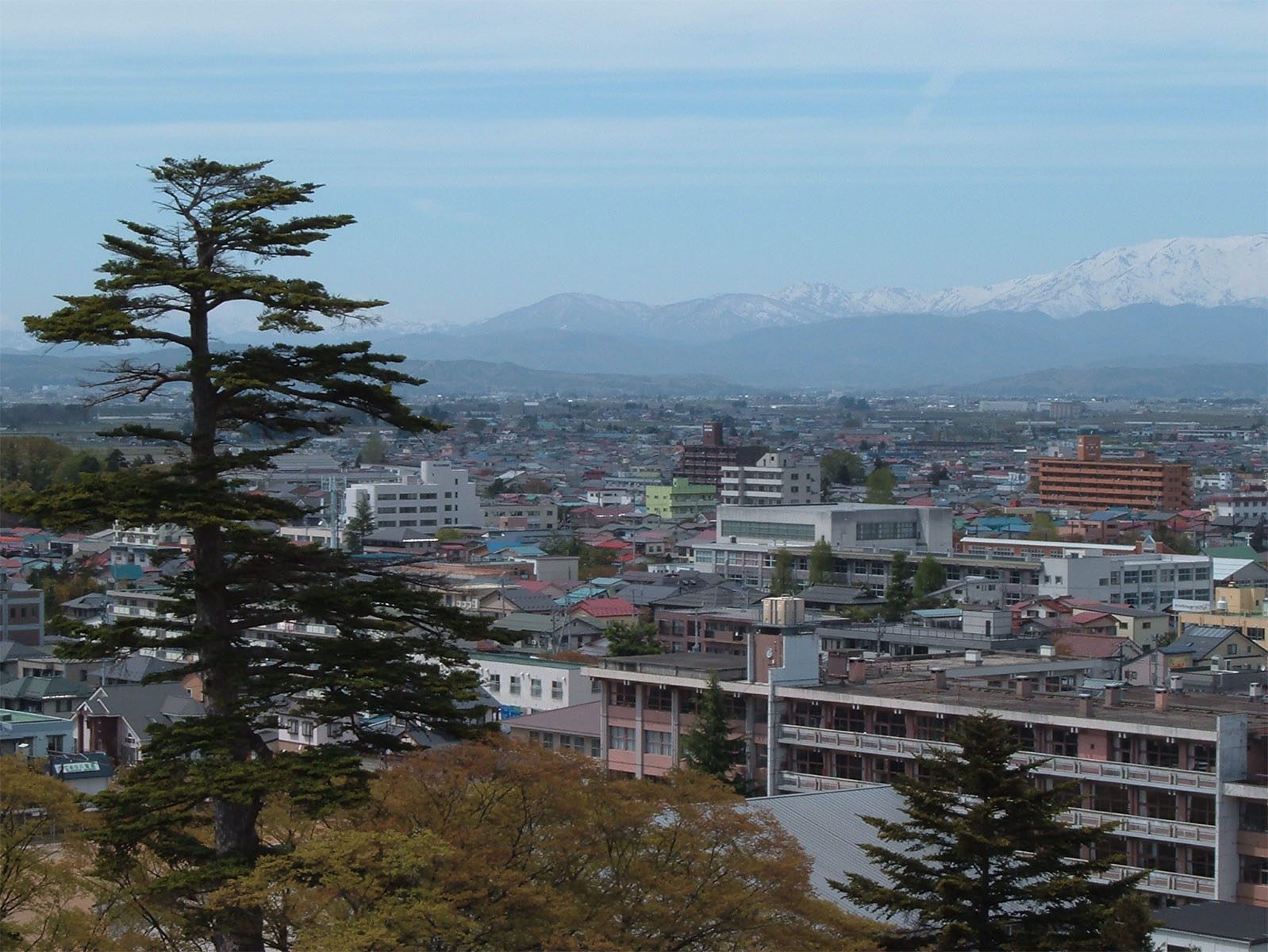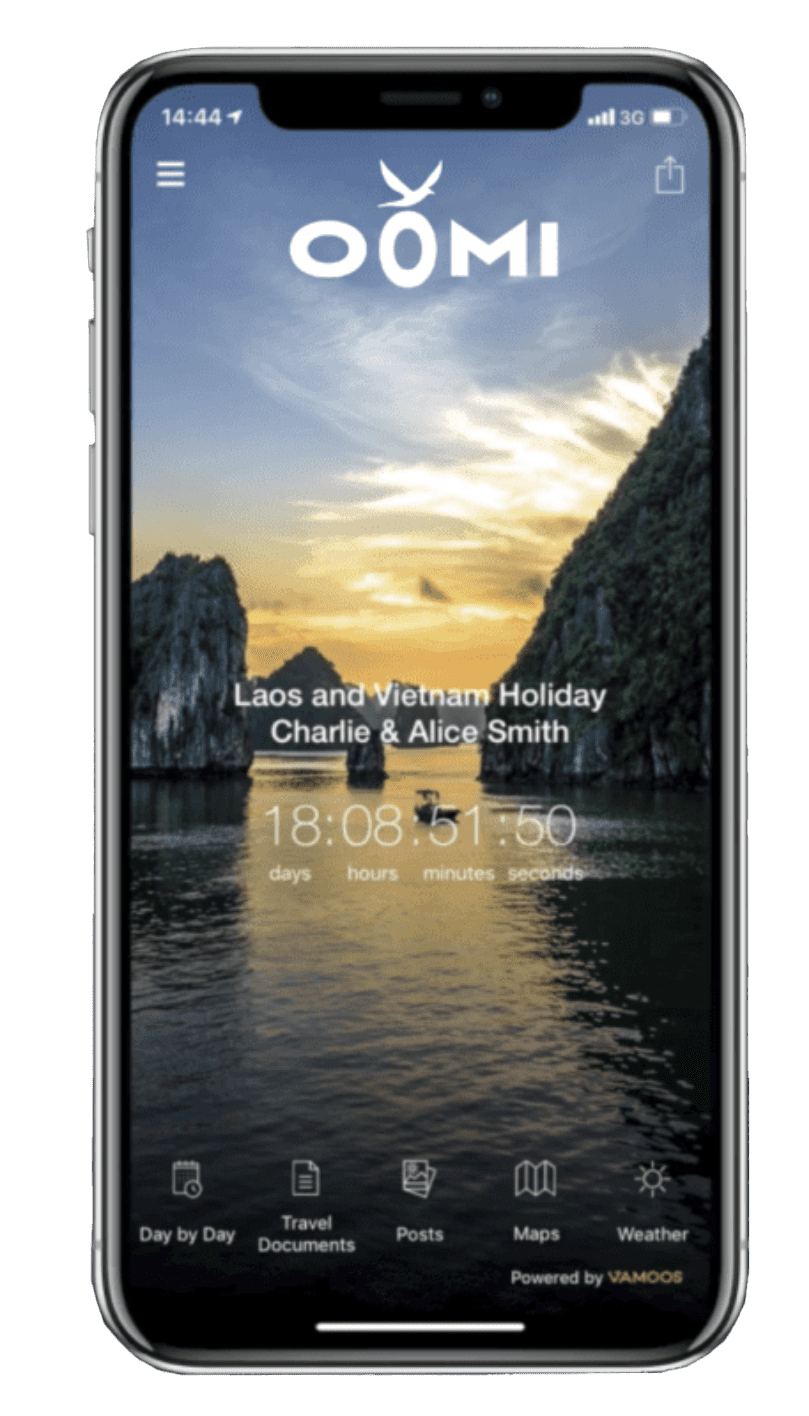Fukushima City
Poetry, Peaches and hot springs
Discover Fukushima City
Fukushima City, the vibrant capital of Fukushima Prefecture and the gateway to the enchanting Tohoku region, has inspired many Japanese poets over time. This city is teeming with historical treasures and natural wonders.
Fukushima’s reputation as the “Fruit Kingdom” is well-deserved, as delightful fruits can be savored throughout the year. Indulge in the flavors that Fukushima prefecture is known for, paying special attention to their delicious peaches, apples, and cherries. Fukushima also produces some of the world’s finest sake, and won gold at the Japan Sake Awards seven years in a row as a result of its premium ingredients and adherence to traditional brewing techniques. Within Fukushima City, the esteemed Kinsuisho Sake Brewery crafts exceptional sake by upholding stringent quality standards, utilizing top-grade rice and locally-sourced water.
Explore the peaceful Bandai-Asahi National Park, where a volcanic chain lies beneath the majestic Bandai-Azuma mountains, contributing to a plethora of awe-inspiring hot springs, known as onsen. Immerse yourself in the tranquility and rejuvenation of the renowned Iizaka onsen area, which is believed to have been discovered around 2,000 years ago. Enjoy the soothing waters, which are a little hotter than your average onsen, and wear the traditional yukata cotton robe, for an authentic experience.
Discover Fukushima City’s floral paradise as crowds flock to Hanamiyama Park, transforming it into a kaleidoscope of vibrant colors during the cherry blossom season. During summer, head to Doaidate Park to see an astonishing 5,000 hydrangeas blooming across the landscape. In autumn, witness as the Bandai-Azuma Skyline becomes adorned with a breathtaking scene of fiery-hued foliage.
Art lovers will enjoy taking a trip to the Fukushima Prefectural Museum of Art, which houses thousands of artworks ranging from French Impressionism to modern Japanese and 20th-century American art. Experience the charm of local crafts as you see the local Nakanosawa kokeshi dolls, which were traditionally made for children as far as 150 years ago.
For convenient transportation within the city, refer to the Fukushima Station Bus Guide for detailed information on local bus services. Additionally, the Getting Around Guide offers valuable insights into alternative transportation options, allowing you to navigate Fukushima City with ease. Embark on a journey to Fukushima City, where the allure of nature, the soothing onsens, the tantalizing fruits, and the essence of Japanese hospitality await your arrival.






